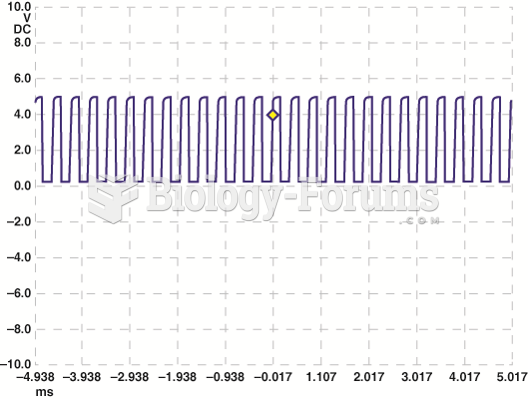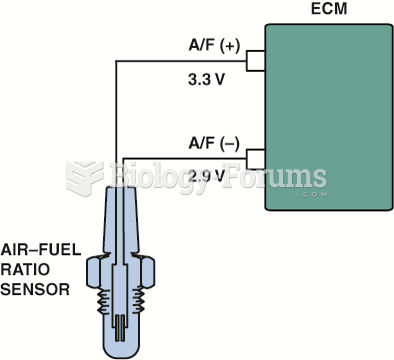|
|
|
Did you know?
In 1864, the first barbiturate (barbituric acid) was synthesized.
Did you know?
If all the neurons in the human body were lined up, they would stretch more than 600 miles.
Did you know?
Amphetamine poisoning can cause intravascular coagulation, circulatory collapse, rhabdomyolysis, ischemic colitis, acute psychosis, hyperthermia, respiratory distress syndrome, and pericarditis.
Did you know?
Individuals are never “cured” of addictions. Instead, they learn how to manage their disease to lead healthy, balanced lives.
Did you know?
For pediatric patients, intravenous fluids are the most commonly cited products involved in medication errors that are reported to the USP.
 Lilly Martin Spencer’s Young Husband: First Marketing (1854). Note that passers-by are amused at thi
Lilly Martin Spencer’s Young Husband: First Marketing (1854). Note that passers-by are amused at thi
 Some Hall-effect sensors look like magnetic sensors. This Hall-effect camshaft reference sensor and ...
Some Hall-effect sensors look like magnetic sensors. This Hall-effect camshaft reference sensor and ...
 Carefully check the hose between the MAF sensor and the throttle plate for cracks or splits that ...
Carefully check the hose between the MAF sensor and the throttle plate for cracks or splits that ...
 A scope display showing a normal Chevrolet Equinox MAF sensor at idle speed. the frequency is 2,600 ...
A scope display showing a normal Chevrolet Equinox MAF sensor at idle speed. the frequency is 2,600 ...



